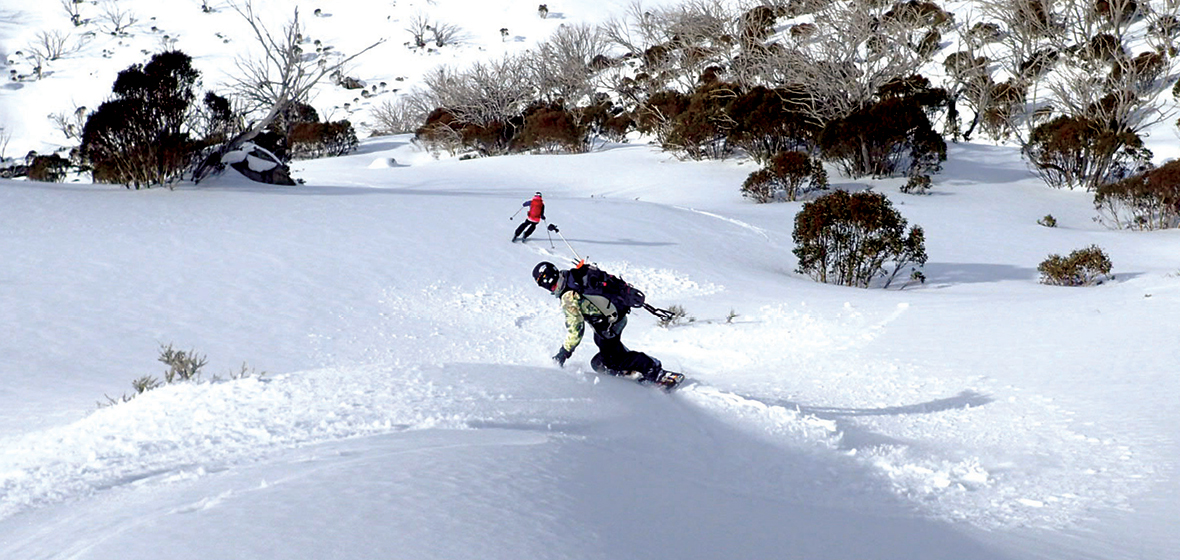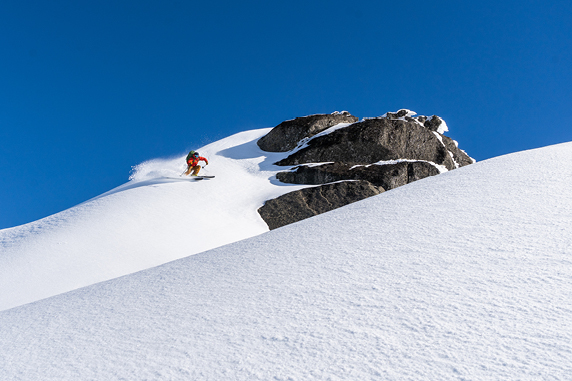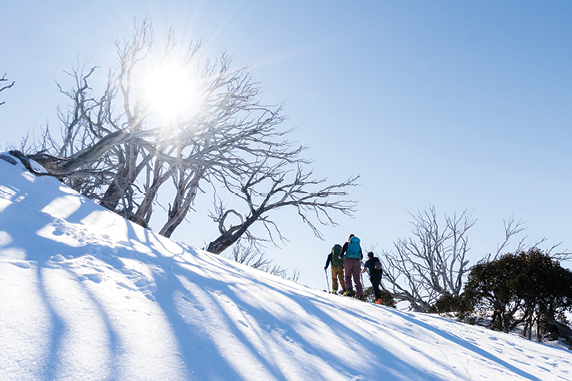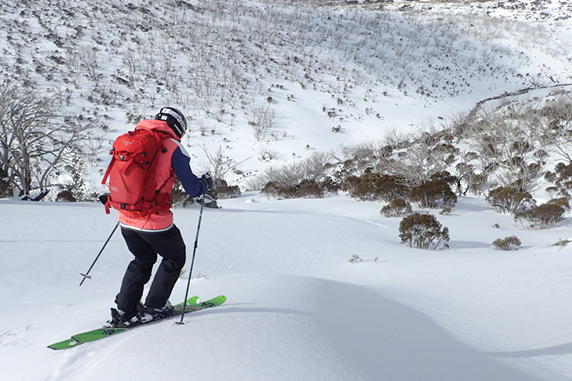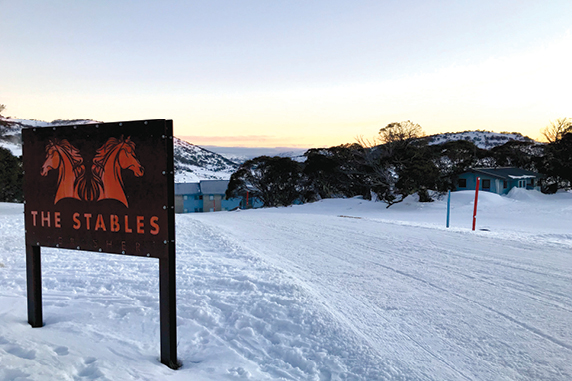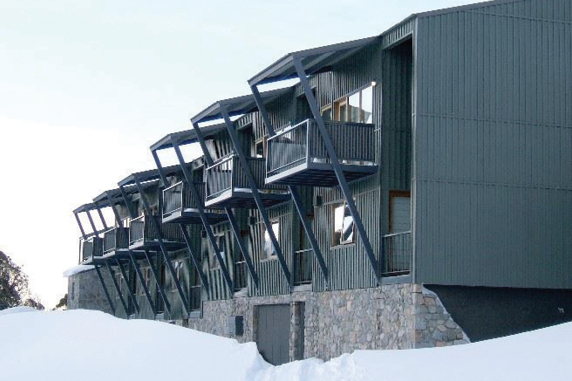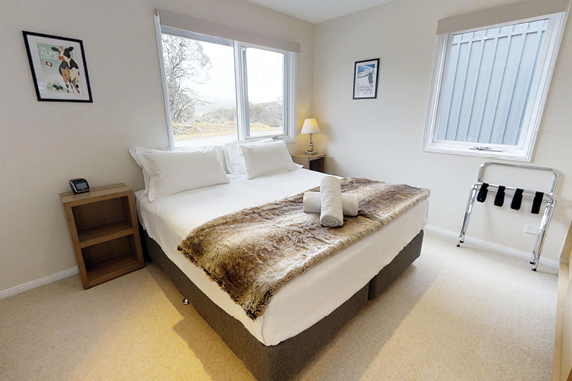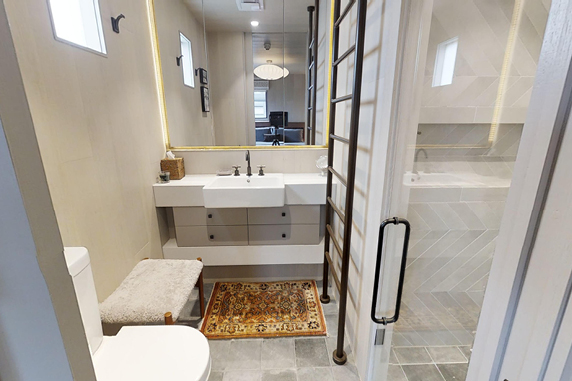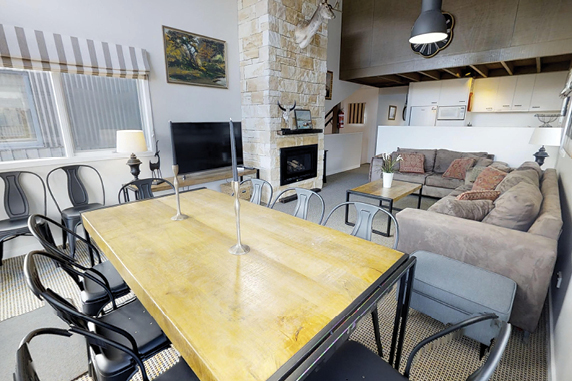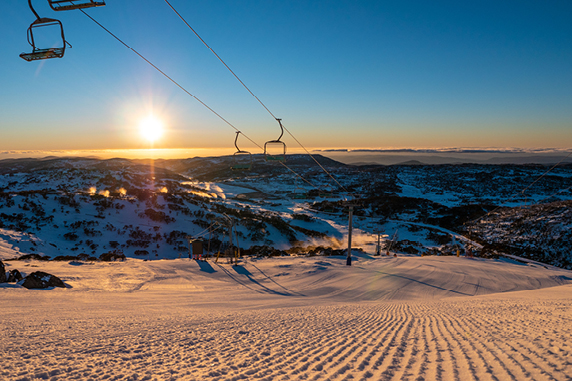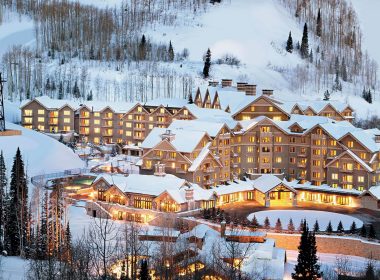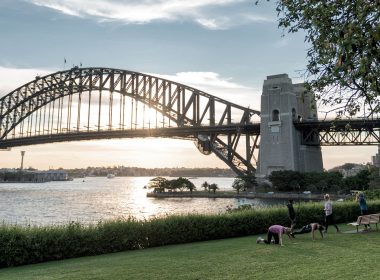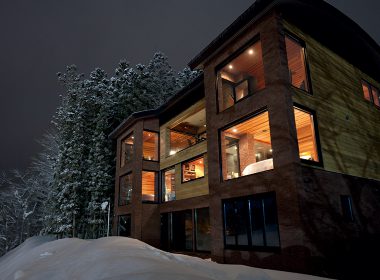Stay on snow, avoid the crowds and take a hike in the backcountry: your insider guide to the ultimate weekend ski trip.
Picture this: you’re cruising down an intermediate run at an Australian ski resort.
It’s a bluebird Saturday in July – peak season for our local slopes – and there’s about a metre and a half of the white stuff glistening over the peaks. Enough to ensure all lifts are open, and that the weekend warriors will be flying down the Hume Highway in droves to slash a few turns before Monday.
But here’s the twist: you haven’t seen a single other skier all morning.
This dream has become a breathtaking reality at Perisher snow resort in 2019, thanks to the introduction of new “backcountry” ski tours by Snowy Mountains Backcountry. The company set up shop above the Guthega car park at the start of the season and takes small groups of ski-clad thrill seekers into the untouched wilderness of Kosciusko National Park.
Backcountry skiing allows you to skip the lift lines and make tracks where few (if any) have gone before. You strap special “skins” to your skis that help you grip the snow as you hike up the slopes, and when you reach a peak you’d like to ski down, simply take the skins off and rip in. The skis have bindings that release your ankles like a cross-country ski for the uphill grind, then lock back down for full control on the way down.

This new form of skiing and “skinning” has taken off around the world recently. SnowSports Industries reported a 200 per cent year-on-year growth in sales of backcountry touring equipment in the US in 2017. And for competent powder hounds who have tracked out the resort runs over years of skiing Perisher and Thredbo (your faithful LSJ scribe is one of them); backcountry skiing opens up a world of exciting new possibilities.
It’s 11am and I’m following the switchback trail of my backcountry guide and professional ski patroller, Amy, as I sweat my way up a deserted snow slope. Apart from our panting, there’s an eerie silence as we navigate between the twisting snow gums with my partner Nick in tow. It’s the most peaceful July Saturday I’ve witnessed in the Australian ski fields. Not one snowploughing beginner has careered into my path all morning.
What’s more, I haven’t had to wake at the crack of dawn to battle traffic on my way to the mountains. Staying on snow at The Stables in Perisher has blessed Nick and me with a stress-free sleep-in. These luxe, self-contained apartments offer the convenience and proximity to the slopes of older-style lodges – but with additional privacy and extra space, plush lounges, fully equipped kitchens and in-house laundries for our sweaty ski gear. You can ski out from, not into, The Stables; but managers Peter and Sally are on call at most hours of the day to collect guests from the slopes in their iconic orange Hagglund vehicle.
I fuel up with a bowl of oats (skipping breakfast is not an option on a day in the backcountry) before clicking into my skis to cruise 300 metres downhill to Perisher Skitube terminal. From there, it’s a five-minute free ride on the tube to Blue Cow, where Amy is waiting to chaperone us under “closed trail” ropes to the tour headquarters in Guthega.
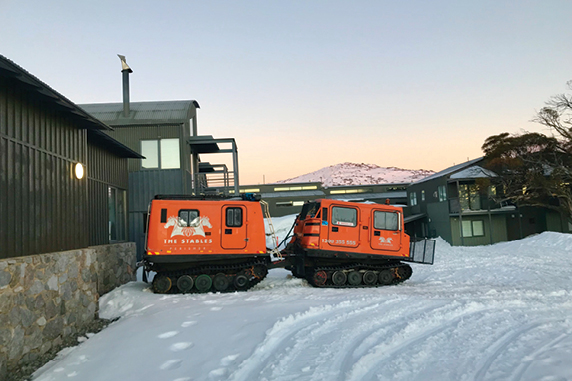
Owner Doug Chatten, a qualified ski patroller who has hacked down the world’s wildest slopes to pen the monthly “Mountain Ear” column in The Ski Magazine, decks me out with backcountry skis, skins and a backpack for my required two litres of water and snacks. Nick, the first snowboarder to try the tour, chooses a pair of snowshoes and attaches his board to a backpack. The snowshoes seem to require less coordination and make for a faster trek uphill – but Nick trades this off against the added weight of carrying his board as we hike.
We set out at 9am, making six ascents and covering almost 10 kilometres before returning at 3pm. Each run takes at least 45 minutes to climb up and just a few divine moments – interspersed with child-like whooping – to ski down. Fitness is clearly more important than skiing ability. Most intermediate to advanced skiers could handle the off-piste skiing, but you’d want to be fit enough to run 10 kilometres before committing to the day of uphill skinning.
They say you earn your turns in the backcountry. In après-ski terms: that also means you earn a drink. Stables bartenders Josh and Dan prescribe a kamikaze and a gin fizz for the thirsty explorers ($12 cocktails during happy hour between 4-5pm), plus some protein in the form of a buttery Scotch fillet from Stallions restaurant ($32).
The medicine doesn’t work. I wake up on Sunday sore in previously undiscovered regions of my glutes. But it’s a small price to pay for a Saturday skiing previously undiscovered regions of Perisher.
Checklist
Studio apartments at The Stables start from $795 per night.
Backcountry tours with Snowy Mountains Backcountry cost from $250pp in groups of 3-5.
Equipment hire (touring skis, climbing skins and poles) is an additional $85pp.

